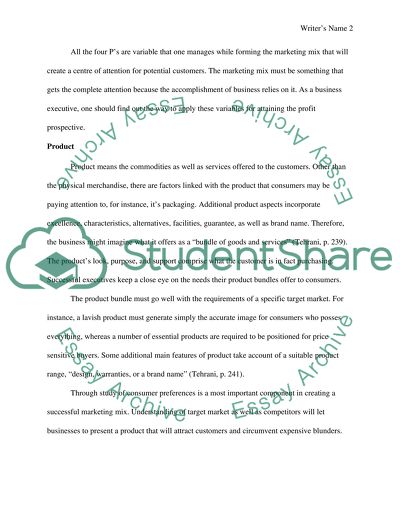Cite this document
(“Marketing mix and tool Term Paper Example | Topics and Well Written Essays - 3000 words”, n.d.)
Retrieved from https://studentshare.org/marketing/1398914-marketing-mix-and-tool
Retrieved from https://studentshare.org/marketing/1398914-marketing-mix-and-tool
(Marketing Mix and Tool Term Paper Example | Topics and Well Written Essays - 3000 Words)
https://studentshare.org/marketing/1398914-marketing-mix-and-tool.
https://studentshare.org/marketing/1398914-marketing-mix-and-tool.
“Marketing Mix and Tool Term Paper Example | Topics and Well Written Essays - 3000 Words”, n.d. https://studentshare.org/marketing/1398914-marketing-mix-and-tool.


